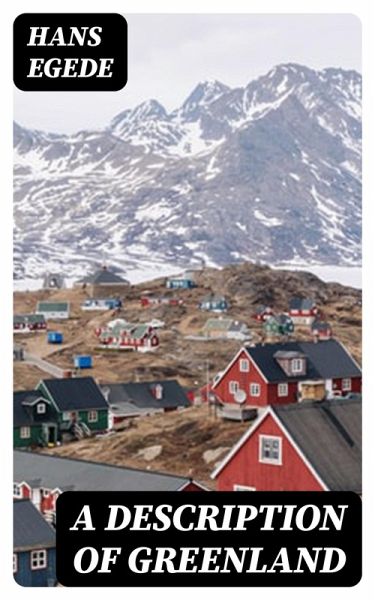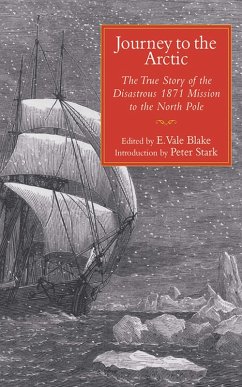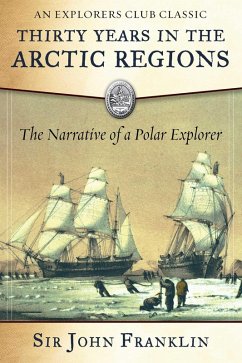
A Description of Greenland (eBook, ePUB)
Versandkostenfrei!
Sofort per Download lieferbar
1,99 €
inkl. MwSt.
Weitere Ausgaben:

PAYBACK Punkte
0 °P sammeln!
In "A Description of Greenland," Hans Egede offers a comprehensive account of his experiences and observations in the vast, icy landscapes of Greenland during the early 18th century. Combining elements of travel writing and ethnography, Egede's prose is both descriptive and analytical, richly illustrating the geography, climate, flora, and fauna of the region. He also provides insights into the lives, customs, and beliefs of the Indigenous Norse and Inuit populations, situating his work within the broader context of European exploration and colonialism of the time. This unique blend of persona...
In "A Description of Greenland," Hans Egede offers a comprehensive account of his experiences and observations in the vast, icy landscapes of Greenland during the early 18th century. Combining elements of travel writing and ethnography, Egede's prose is both descriptive and analytical, richly illustrating the geography, climate, flora, and fauna of the region. He also provides insights into the lives, customs, and beliefs of the Indigenous Norse and Inuit populations, situating his work within the broader context of European exploration and colonialism of the time. This unique blend of personal memoir and scientific inquiry reveals the tensions between admiration for Nordic ingenuity and Indigenous ways of life against the backdrop of a changing natural environment. Hans Egede, known as the "Apostle of Greenland," was a Norwegian-Danish missionary whose deep religious convictions and fascination with the Arctic drove him to Greenland in 1721. His efforts to establish Christianity among the indigenous peoples were marked by both cultural sensitivity and the complexities of colonial ambition. Egede's background in theology and his experiences navigating the harsh environments of Northern lands inspired his detailed observations and analyses, making his work invaluable to both contemporary readers and future anthropologists. "A Description of Greenland" is essential reading for anyone interested in the intersections of geography, culture, and colonialism. It offers an authentic, historical perspective on life in Greenland and serves as an early example of how Western thought grappled with the realities of diverse cultures. Scholars, historians, and curious readers alike will find Egede's account both enlightening and thought-provoking, as it sheds light on a pivotal moment in the history of Arctic exploration.
Dieser Download kann aus rechtlichen Gründen nur mit Rechnungsadresse in A, B, BG, CY, CZ, D, DK, EW, E, FIN, F, GR, H, IRL, I, LT, L, LR, M, NL, PL, P, R, S, SLO, SK ausgeliefert werden.













